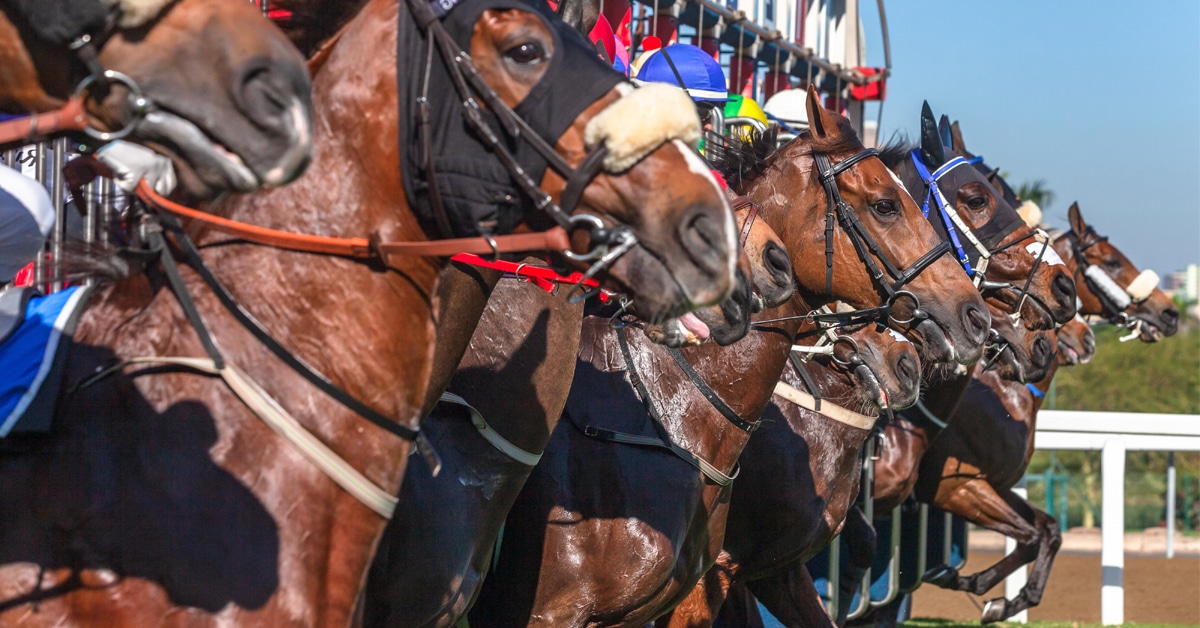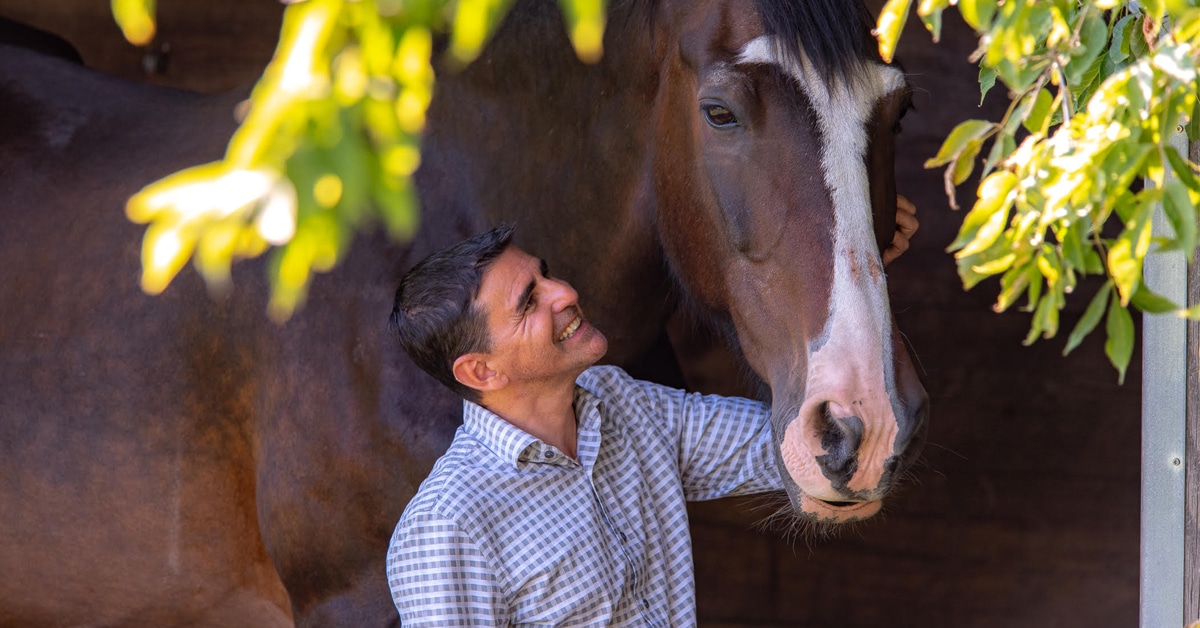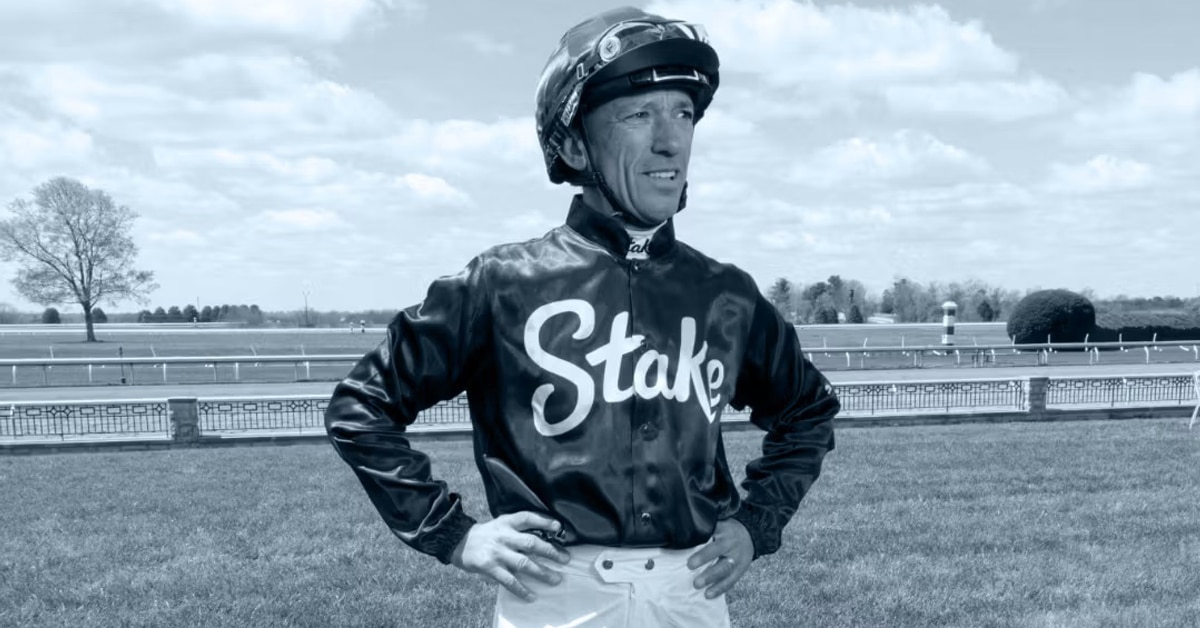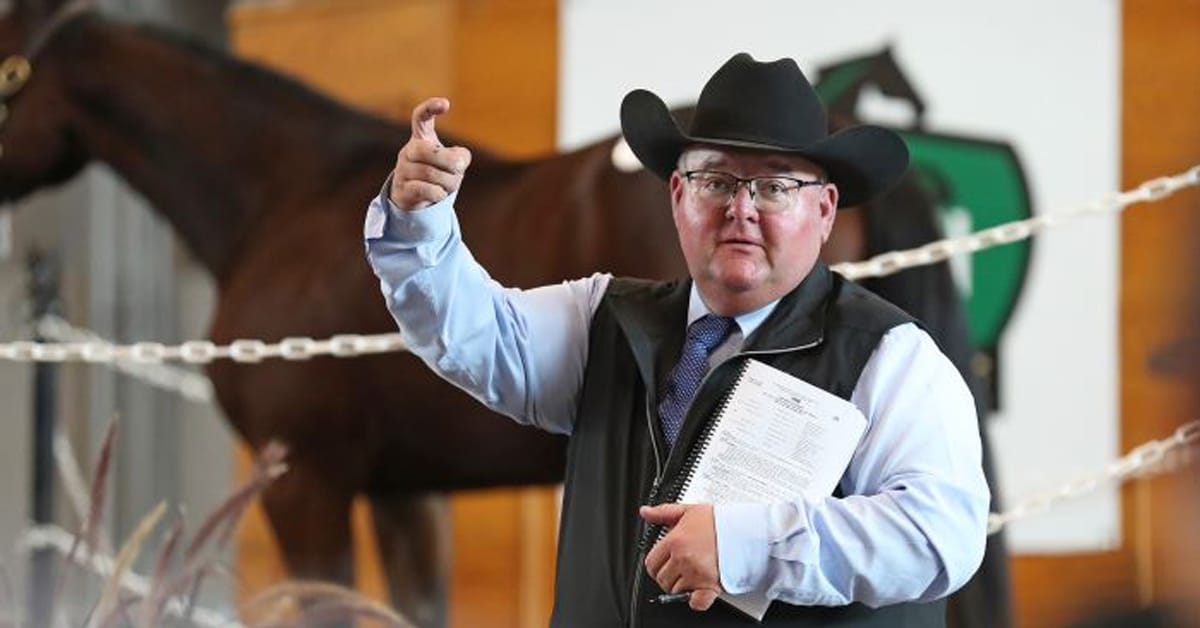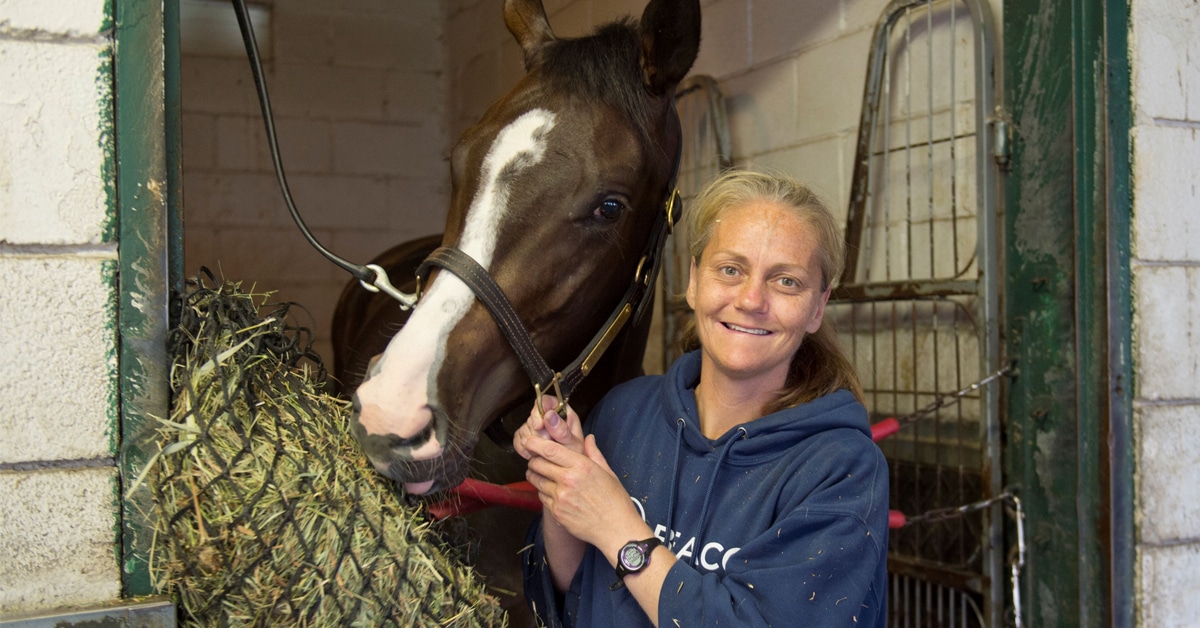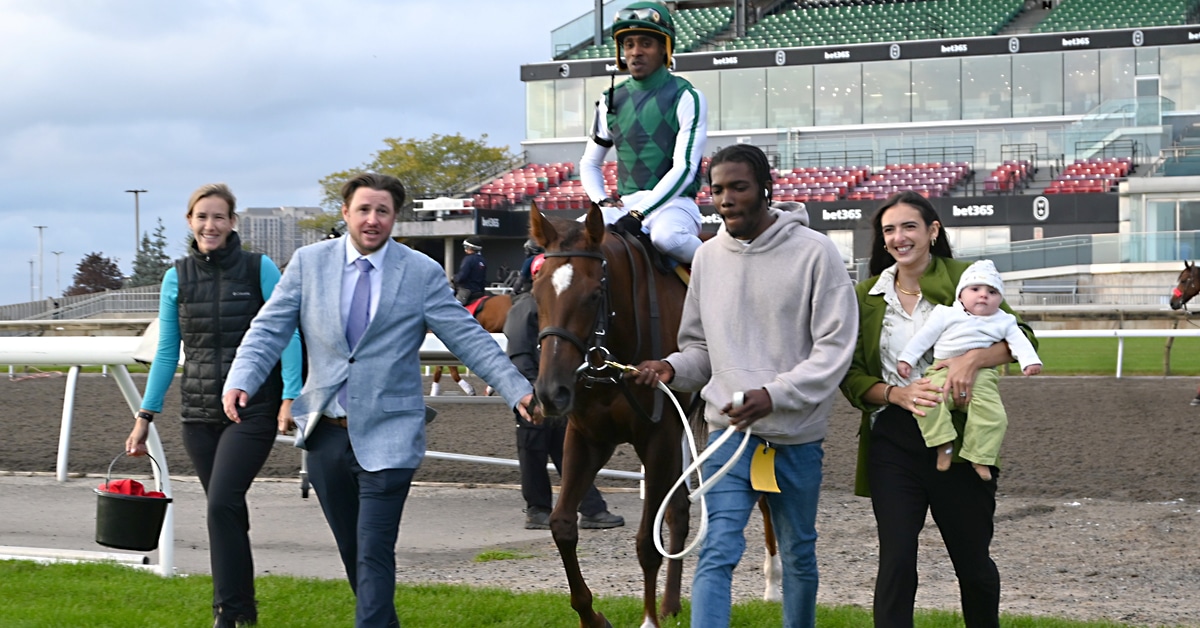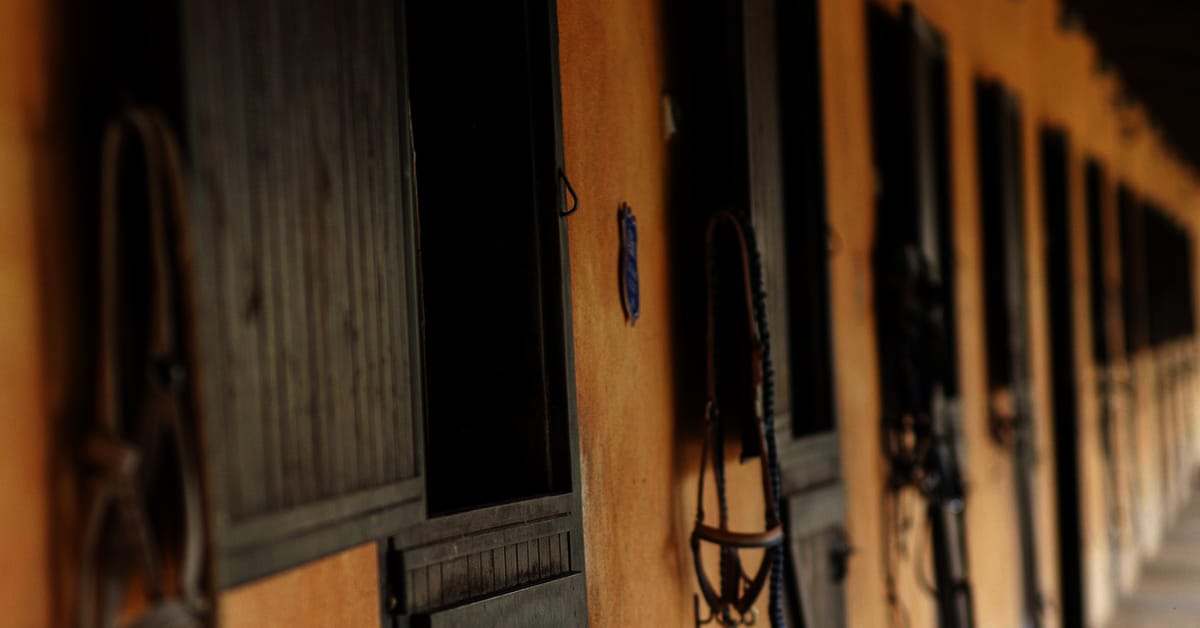A blank canvas, a clean slate, an untouched resource of potential: buying a Thoroughbred yearling offers the possibility of owning racing’s next superstar. Unlike two-year-old in training sales where the horses are breezed in under-tack shows to highlight speed and form, yearlings are sold based solely on pedigree and conformation. Ask any owner, trainer or bloodstock agent and they’ll insist that while choosing a yearling requires a lot of homework, it also helps to have a bit of luck.
Pedigree
The process of yearling selection begins with the pedigree. Both sire and dam are scrutinized, as well as the cross between the two families; their nicking and previous success in other already established runners offer a glimpse into what could be. The yearlings with the most commercial sires and successful mare lines will inevitably command the highest prices at sales ‒ but that doesn’t guarantee the horse will grow up to become a champion, or even win a single race.
The sales catalogue features a full page dedicated to the pedigree of each horse with a three-generation family tree and background from stallion to third or fourth dam and the mare’s race record and produce history. Generally, the more successful female families will only show the first or second dams’ stakes successes and progeny accomplishments, whereas a less successful family will show descendants well into the fourth dam.

The multiple champion Pink Lloyd was A+ rated on TrueNicks.com, but the remarkable Queen’s Plate-winning mare Moira was assigned a D rating – proving that you never can tell which horse might become a superstar. (Michael Burns photos)
While there are many who still believe in and employ old school methods such as simply buying horses by a sire whose foals they’ve already had success with, siblings of horses they’ve had or out of a dam they’ve raced previously themselves, nicking technology offers a more statistical-based analysis. This tool determines the compatibility of a broodmare’s sire line with that of the stallion they’re being bred to, with the goal of providing a greater chance of reproducing successful foals based on previous matings of the same line. Race results are constantly being updated to give users the most current ratings possible.
A grade is given to each cross, ranging from an excellent A++ to a poor F. For example, Canadian Horse of the Year and eight-time champion Pink Lloyd is given an A+ by TrueNicks.com. According to TrueNicks, “In the modern era, the prolific Mr. Prospector/Northern Dancer cross has produced outstanding racehorses and sires such as Kingmambo, Distorted Humor, Elusive Quality, Thunder Gulch and Grand Slam.”
But even something as sophisticated as nicking isn’t an exact science and countless racehorses have been successful with a poor nick rating. Case in point: recent Woodbine Oaks and Queen’s Plate winner Moira, purchased as a yearling for $150,000 USD, has a D rating by TrueNicks.com, proving that a poor rating alone shouldn’t deter someone from purchasing a horse they’re otherwise impressed with.
Conformation
Once hip numbers are chosen, the next thing to do is inspect the horse’s conformation, temperament and overall physical appearance.
When it comes to purchasing yearlings, especially in Ontario, few would argue that two of the top experts around are veteran Woodbine trainers John Ross and Robert Tiller. Ross has purchased many yearlings that have gone on to become multiple stakes winners, most notably Canadian Horse of the Year and four time champion Lexie Lou (her price tag a mere $5,500) before selling her privately at the end of her juvenile campaign. She would subsequently win the Woodbine Oaks and Queen’s Plate as a sophomore. Others include champion 2-year-old colt Go Greeley, Prince of Wales Stakes winner Cool Catomine, multiple stakes winners Shaws Creek, Brooklynsway and R U Watchingbud, all of whom were selected and purchased by Ross as yearlings.
So what is it you should pay the most attention to when inspecting a yearling? “When I purchase, I look for the presence of the horse, the walk and conformation. I feel breeding can be important but conformation is very important.” advises Ross, adding, “Exceptional breeding does not at all trump conformation. Conformation is key. I would overlook some issues if they are minuscule but if a yearling has offset knees, is club-footed or has bad-angled hocks, these issues would eliminate them for me.”
Hall of Fame trainer Robert Tiller has found many future stakes winners in yearling sales, but one undoubtedly stands out above the rest. In 2013, on behalf of a client, Tiller purchased an Old Forester colt for $30,000 that would later be named Pink Lloyd.
Tiller admits, “He had a little hump in his back like a camel and it bothered me, but he had such a lovely way of walking and good bones. I wasn’t jumping up and down saying this horse is going to be a $2.6 million dollar earner, but I okayed him and sometimes you get lucky.”
Pink Lloyd would go on to win an astounding 29 of 38 career races, 26 of which were stakes, and eight Sovereign Awards including Horse of the Year honours in 2017, making him the most successful horse ever purchased at a CTHS yearling sale.
With regards to overall inspection, Tiller says, “My number one rule is they’ve got to look like a racehorse, even as a yearling. They have to have a good walk, good bones. I would overlook the issue if a horse toes out a little, but I wouldn’t overlook a more serious issue such as back at the knee ‒ a little over is okay, but never back, they always end up having soundness problems. Cow-hocked or sickle-hocked, I don’t touch them.”
The Vet Check
Once the physical inspection is done and they’ve passed the ‘eye’ test, it’s time for even more homework.
It is advisable to have a vet inspect the scope certificate and x-rays available for viewing in the repository. Most buyers will have their vet scope the horse themselves to get a first-hand opinion of the anatomy and condition of the throat.
Respected Woodbine veterinarian Dr. Candace Allen says, “The most important thing for me is arytenoid [cartilage on either side of the larynx] function; normal function can be defined as synchronous full abduction of both the left and right arytenoid cartilages. Second would be epiglottis structure. The size, shape, degree of flaccidity and stiffness are all things I assess. A flaccid epiglottis will predispose the horse to displace its soft palate when it’s older. An epiglottis that isn’t normal wouldn’t necessarily be a deal breaker, but I would definitely have a discussion with the prospective purchaser about the epiglottis not maturing fully and the horse being more at risk of displacing.” Any abnormality occuring in this area can seriously hinder performance.
Skeletal abnormalities such as bone spurs, chips or osteochondrosis (OCD) on x-rays are also issues that might be problematic and even at such a young age can result in a vet advising against purchasing the individual. Any issue found during these diagnostics could make the horse more prone to injury once subjected to training and ultimately racing.
If the horse passes vet inspection, buyers then determine their budget ‒ the maximum amount they’re willing to spend once the bidding begins, which is the fun part ‒ or most stressful, depending on whom you ask!
Purchasing a yearling truly is an art form, one that requires skill, diligence and a measure of luck. Hopefully, your blank canvas filled with unlimited potential can ultimately be developed into a masterpiece.
The Latest
